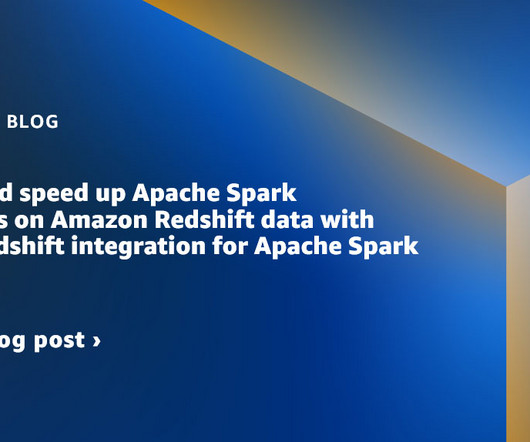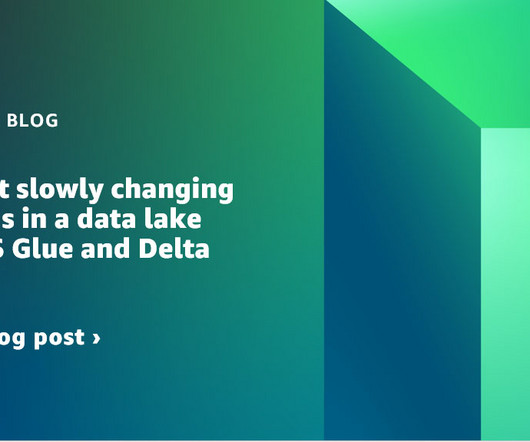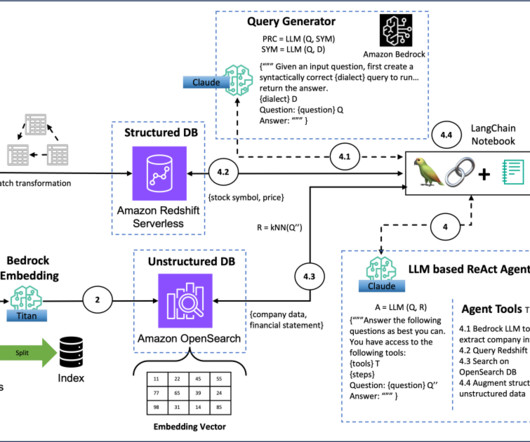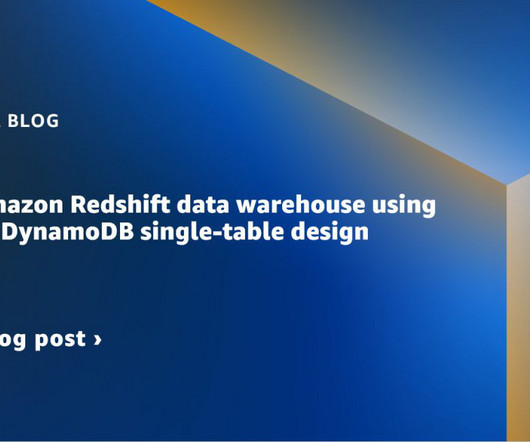Complexity Drives Costs: A Look Inside BYOD and Azure Data Lakes
Jet Global
NOVEMBER 5, 2020
OLAP reporting has traditionally relied on a data warehouse. Again, this entails creating a copy of the transactional data in the ERP system, but it also involves some preprocessing of data into so-called “cubes” so that you can retrieve aggregate totals and present them much faster. Option 3: Azure Data Lakes.




















Let's personalize your content